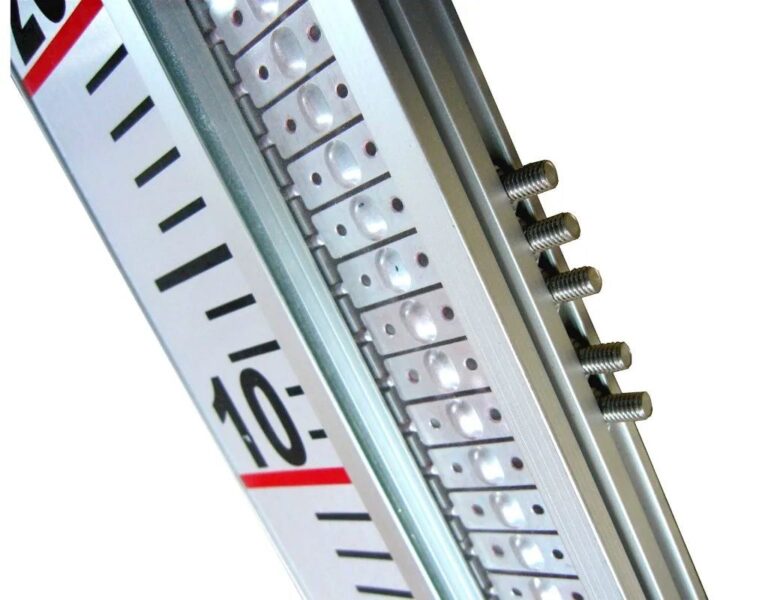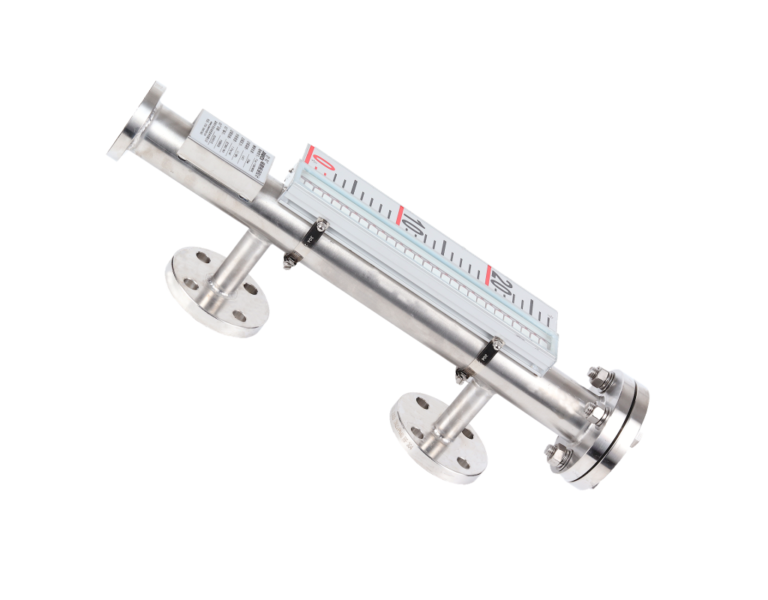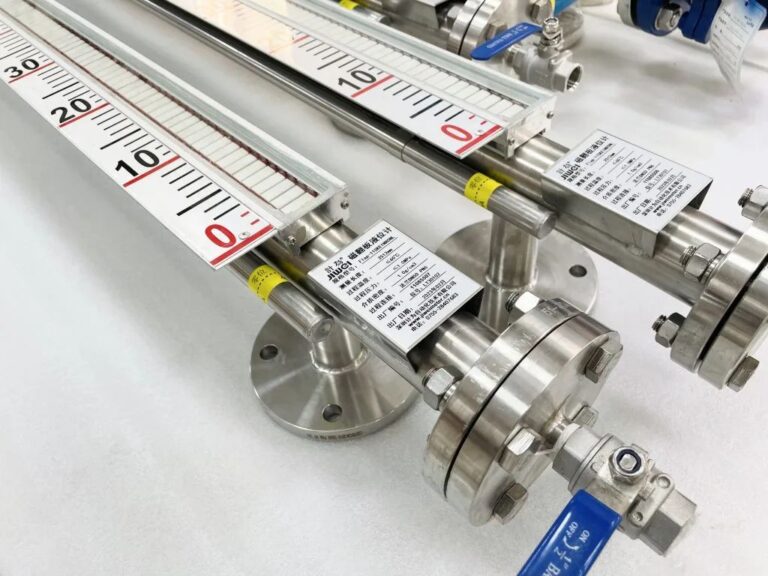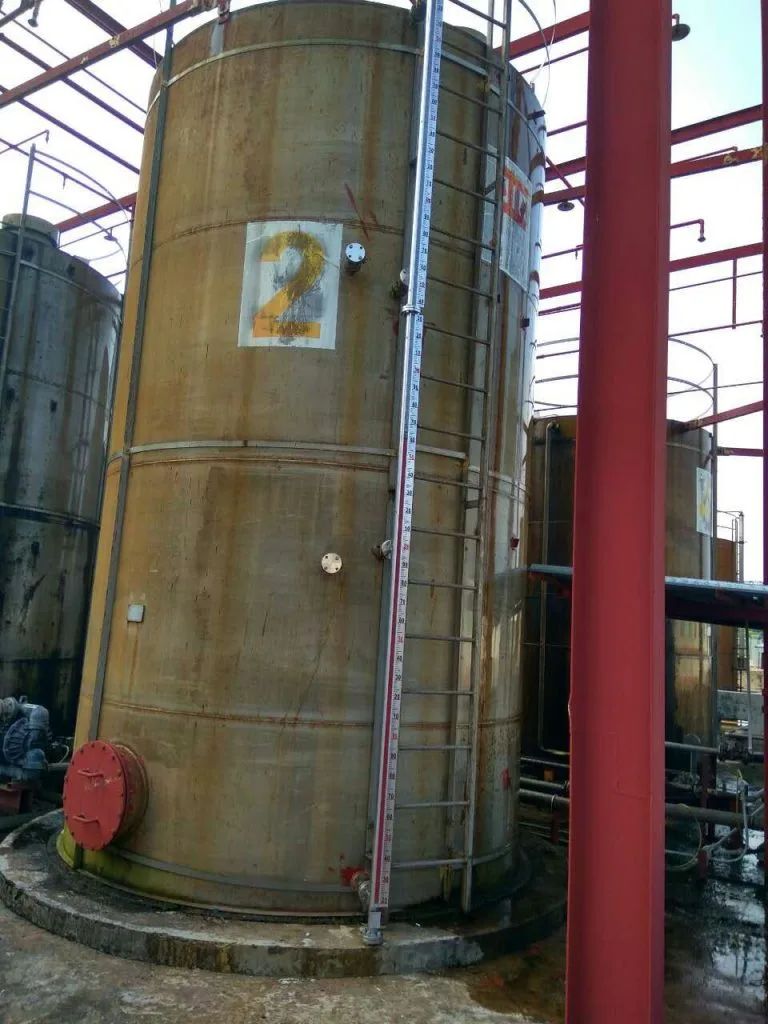Magnetic level gauges have become essential equipment in the food and beverage industry due to their hygienic design, intuitive visual indication, and robust corrosion resistance. This article provides a detailed analysis from the perspectives of core application scenarios, technical advantages, representative case studies, and challenges with practical solutions.

1. Core Application Scenarios
Liquid Processing and Production
Magnetic level gauges are widely used for monitoring liquid levels in high-viscosity materials such as rice paste, syrup, and cream. They are typically installed via side or top mounting to measure ranges from 0.5 to 5 meters with a level control accuracy of ±2 mm.
Example: In dairy production lines, magnetic level gauges integrated with magnetic switches can control the start/stop of stirring motors, preventing both overflows and dry operation.
Water Treatment and Purification Systems
In purified water tanks and reverse osmosis equipment, 316L stainless steel magnetic level gauges can withstand weak acid and alkali environments (pH 6-8). Their IP67-rated sealing design prevents microbial contamination.
Case: A beverage plant used remote-transmission-enabled gauges with 4-20 mA output to automatically control UV disinfection systems, streamlining water treatment automation.
Filling and Tank Management
Edible Oil Tanks: For media such as soybean and palm oil, magnetic level gauges adopt wide-diameter float chambers (DN50) with self-cleaning designs to avoid float obstruction from oil residue, achieving ±1.5% measurement accuracy.
Wine Fermentation Tanks: Flameproof gauges (Ex d IIC T6) ensure safe level monitoring during fermentation and can be combined with temperature sensors to optimize cycles.
CIP Cleaning Systems
Magnetic level gauges used in acid/alkaline cleaning agent tanks are equipped with PTFE linings and Hastelloy floats. These components resist 80°C temperatures and 5% nitric acid solutions, allowing for cleaning fluid volume warnings.

2. Technical Advantages and Compatibility
Hygienic and Safe Design
Food-Grade Materials: Wetted parts use 304/316L stainless steel polished to Ra ≤ 0.4 µm, eliminating hygiene blind spots and complying with FDA standards.
Non-Contaminating Mechanism: Magnetic coupling ensures mechanical isolation from media, eliminating lubrication oil contamination risk.
Intelligent Functionality
Smart Integration: Reed-11 modules with remote transmission support Modbus communication for PLC integration, enabling real-time control of pumps and valves with a response time under 100 ms.
Adaptable Variants:
High-Temperature Type: Withstands up to 150°C, ideal for pasteurization tanks.
Heat-Insulated Type: Steam jacket prevents crystallization of honey and similar materials in low temperatures.
Flexible Installation and Maintenance
Supports flanged and threaded connections, suitable for compact bottling lines and underground tanks.
Modular design allows quick replacement of floats and seals, extending maintenance intervals to 3 years.

3. Representative Case Studies
Dairy Raw Material Tank Monitoring
A top-mounted magnetic level gauge (316L, 0-3m range) paired with SW-21 magnetic switches achieved high/low-level alarms. The system reduced annual raw material waste by 12 tons and cut equipment failure rate by 60%.
Juice Production Line Control
Installed transparent-view magnetic level gauges on PET bottle filling systems for concentrated juice. The gauges linked to fill valves, improving filling precision to ±1 ml.
Brewery Fermentation Monitoring
Flameproof magnetic level gauges (rated 0.6 MPa) transmitted data via RS485 to a SCADA system. The optimized process shortened fermentation cycles by 8 hours and boosted productivity by 15%.

4. Challenges and Solutions
High Viscosity Media
Syrups can cause float lagging. Solution: Use hollow titanium alloy floats with a density of 0.7 g/cm³ and add high-pressure wash ports.
Sanitary Certification Requirements
EU EC1935/2004 mandates surface roughness ≤ 0.8 µm. Solution: Adopt electrolytic polishing plus third-party hygiene certification.
Temperature Fluctuation Interference
Temperature spikes in pasteurizers can affect magnetic performance. Solution: Replace standard magnets with samarium cobalt types, resistant up to 250°C.

5. Conclusion
Magnetic level gauges exhibit excellent adaptability to the stringent sanitary standards and complex media found in the food and beverage industry. With ongoing advances in smart sensor integration and material science, their applications will further expand into aseptic filling and biotech fermentation processes, driving greater process automation and safety.
